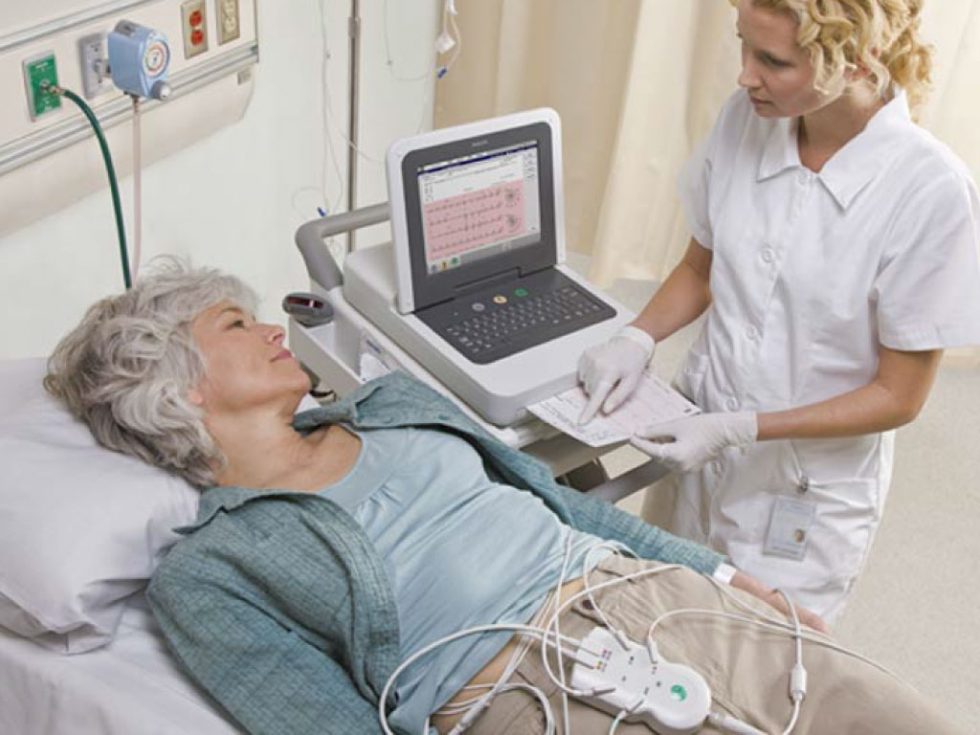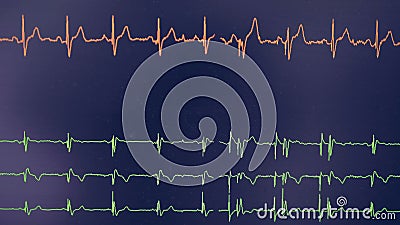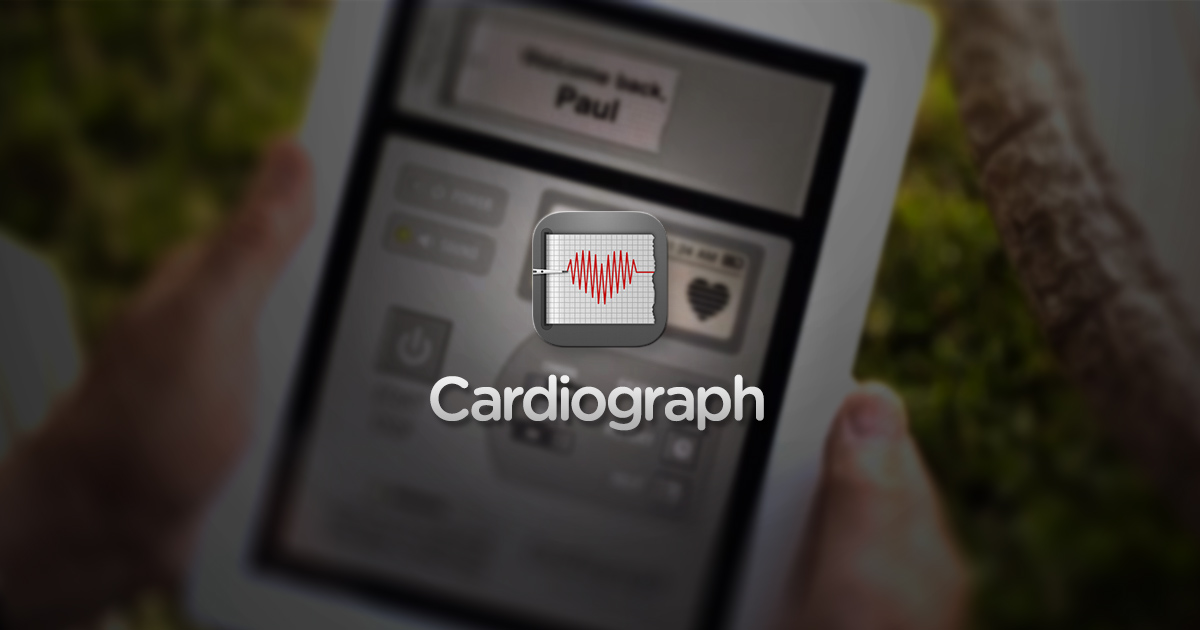

The period of a complete cycle is much longer in tortoise.

The records show the auricular contraction preceding the ventricular. The time-relations, it is to remembered, is found from the intervals of successive dots 1 / 20 second apart. The writing lever was tuned to vibrate 20 times in a second, the magnification produced being about 8 times. The cardiograms of different animals show, moreover, certain characteristic differences in regard to time-relations, as illustrated by records of tortoise, of frog and of Ophiocephalus fish given below.

The systolic contraction and its persistence, the diastolic expansion and the subsequent pause, and any variation of these under external agencies, can thus be quantitatively determined. The Resonant Cardiograph inscribes the different phases of the heartbeat with unprecedented accuracy. The Characteristics of Cardiac Pulsation. The difficulty has been overcome by the writer being thrown into resonant vibration in The friction of the writing point against the smoked glass surface, however, introduces serious error in the accurate record of the amplitude and time-relations of the response-curve. The response of Mimosa is recorded by means of a writing lever suitably attached to the leaf (fig. The time-interval between stimulus and response will now be longer than under direct stimulation the latent period of the pulvinus and the length of transmission afford sufficient data for the determination of the velocity of excitatory impulse in the plant, which I have shown elsewhere, is analogous to the nervous impulse in the animal. If instead of direct stimulation of the pulvinus, stimulus be applied on the petiole at a certain distance from the motile organ, then an excitatory impulse is transmitted through the intervening distance.

The lost time between the incidence of stimulus and the beginning of responsive movement is designated as the Latent Period. After the completion of the fall of the leaf the contracted pulvinus slowly recovers as seen in the re-erection of the leaf. When the sensitive pulvinus of Mimosa pudica is directly stimulated, say by an electric shock, a responsive contraction and fall of the leaf is initiated after the lapse of a short interval. This is specially so in the measurement of time relations of different phases of response of living tissues. To interpret PEP values properly, we recommend simultaneously to measure other variables influencing this cardiovascular measure.The exact determination of extremely short intervals of time is an important problem in various investigations. We conclude that despite an expected increase of sympathetic activity during both challenges, PEP behaved differently indicating an effect of other confounding factors. In orthostasis, no significant correlation between deltaPEP and deltaDBP, deltaTFC, deltaCO, deltaMBP or deltaSVR was found. Correlating a change in assessed measures (delta values) between mental stress and previous supine rest, we found that deltaPEP correlated negatively with deltaCO and positively with deltaSVR. During mental stress, we observed a decrease of PEP and an increase of TFC, SVR and DBP. We observed that during HUT, an expected decrease in TFC was accompanied by an increase of PEP, an increase of SVR and no significant change in DBP. Systemic vascular resistance (SVR) - a measure of afterload - was calculated as a ratio of mean arterial pressure and CO. We recorded finger arterial blood pressure by volume-clamp method (Finometer Pro, FMS, Netherlands), PEP, thoracic fluid content (TFC) - a measure of preload, and cardiac output (CO) by impedance cardiography (CardioScreen® 2000, Medis, Germany). Forty-nine healthy volunteers (28 females, 21 males, mean age 18.6 years (SD=1.8 years)) participated in the study. The aim of this study was to assess the behavior of the PEP together with other potentially confounding cardiovascular system characteristics in healthy humans during mental and orthostatic stress (head-up tilt test - HUT). However, PEP could be also influenced by several other cardiovascular variables including preload, afterload and diastolic blood pressure (DBP). In previous studies, one of the systolic time intervals - preejection period (PEP) - was used as an index of sympathetic activity reflecting the cardiac contractility.


 0 kommentar(er)
0 kommentar(er)
